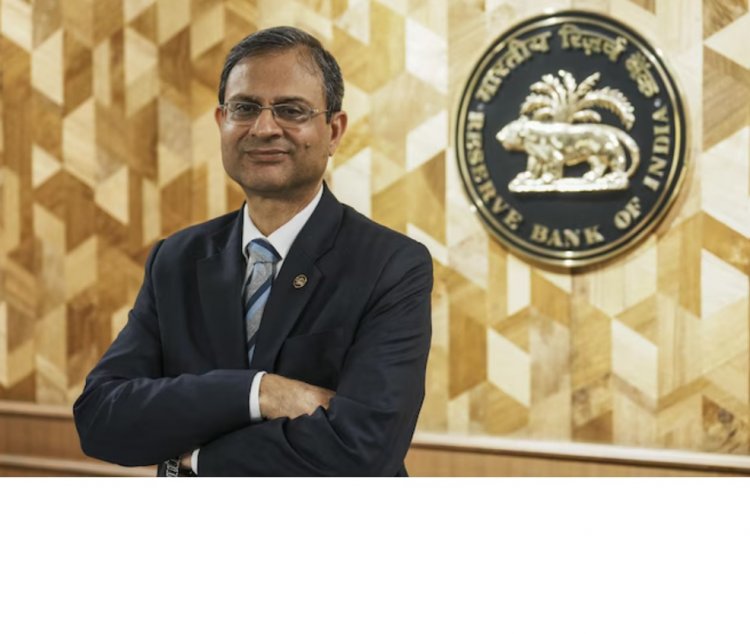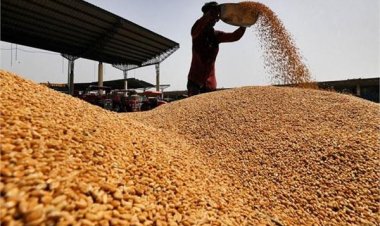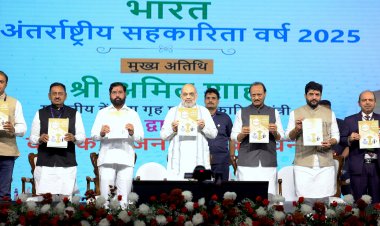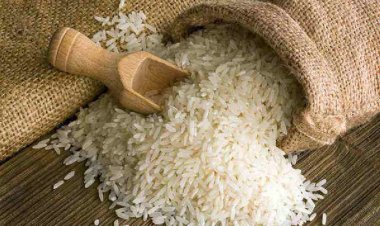RBI Slashes Repo Rate by 0.25%, Loans May Become Cheaper, Growth Projection Down to 6.5%
This marks the second consecutive rate cut under Governor Malhotra, who assumed office earlier this year. The RBI also shifted its policy stance from "neutral" to "accommodative," reflecting a growing willingness to support economic expansion amid mounting external challenges, including a 26% tariff imposed by the United States on Indian exports.

Amid fears of global uncertainty due to Trump Tariffs, the Reserve Bank of India (RBI) on Wednesday cut the repo rate by 25 basis points, lowering it from 6.25% to 6%. The decision was announced by RBI Governor Sanjay Malhotra following the conclusion of a three-day meeting of the central bank’s Monetary Policy Committee (MPC), which began on April 7. Borrowers, particularly home loan customers, are expected to benefit from the latest rate cut, with interest rates potentially dipping below the 8% threshold. The central bank has also slashed the GDP growth rate projection for FY26 by 0.20% to 6.5%.
This marks the second consecutive rate cut under Governor Malhotra, who assumed office earlier this year. The RBI also shifted its policy stance from "neutral" to "accommodative," reflecting a growing willingness to support economic expansion amid mounting external challenges, including a 26% tariff imposed by the United States on Indian exports.
"The growth projection for this fiscal has been marked down by 20 basis points, reflecting global trade and policy uncertainties," Malhotra said during a press briefing. The central bank revised its GDP growth forecast for FY26 to 6.5%, down from 6.7%, citing the impact of U.S. tariffs and sluggish global demand. Quarterly growth projections now stand at 6.5% in Q1, 6.7% in Q2, 6.6% in Q3, and 6.3% in Q4.
Reacting on the rate cut, Anuj Puri, Chairman, ANAROCK Group said, RBI’s decision to reduce the repo rates by 25 bps (to 6%) second time this year was expected to the backdrop of moderating inflation. Home loan borrowers may not see much meaningful or immediate interest rate relief. Banks have not transmitted earlier MPC rate cuts to borrowers because of higher funding costs, pressure on net interest margins, higher NPAs, and a cautious lending climate. If banks do pass on the benefits of the last two rates cuts, it will be a boost to homebuyers, particularly for those eyeing affordable housing. Many first-time homebuyers who had been hesitating to take the plunge may make their move if home loan rates reduce.
With the latest cut, the RBI has now reduced rates by 50 basis points this year. The easing cycle began in February with the first repo rate cut in over five years. Since then, the central bank has rolled out a series of liquidity measures, injecting nearly ₹7 lakh crore into the banking system through bond purchases, foreign exchange swaps, and variable rate repo (VRR) auctions.
System liquidity, which was in deficit earlier this year, has shown marked improvement. “As a result of liquidity injections totaling ₹6.9 lakh crore, the deficit has turned into a surplus of ₹1.5 lakh crore as of April 7,” Malhotra noted. He affirmed the RBI’s commitment to maintaining adequate liquidity and said the central bank would remain vigilant and proactive.
Inflation outlook has also improved, according to the RBI. The central bank now projects headline inflation for FY26 at 4%, down from 4.2% in its previous estimate. Quarterly inflation forecasts have been revised to 3.6% in Q1, 3.9% in Q2, 3.8% in Q3, and 4.4% in Q4. The easing of food and crude oil prices has been cited as a key factor behind the moderation in inflation expectations.
On the regulatory front, Malhotra announced plans to streamline guidelines for gold-backed loans. “We will issue comprehensive regulations to harmonize prudential norms and conduct-related aspects for such loans,” he said.
Concluding the policy address, Governor Malhotra emphasized the RBI’s readiness to act in response to changing global and domestic dynamics. “Going forward, in the absence of fresh global shocks, the MPC is only considering maintaining status quo or further rate cuts,” he said.



 Join the RuralVoice whatsapp group
Join the RuralVoice whatsapp group
































